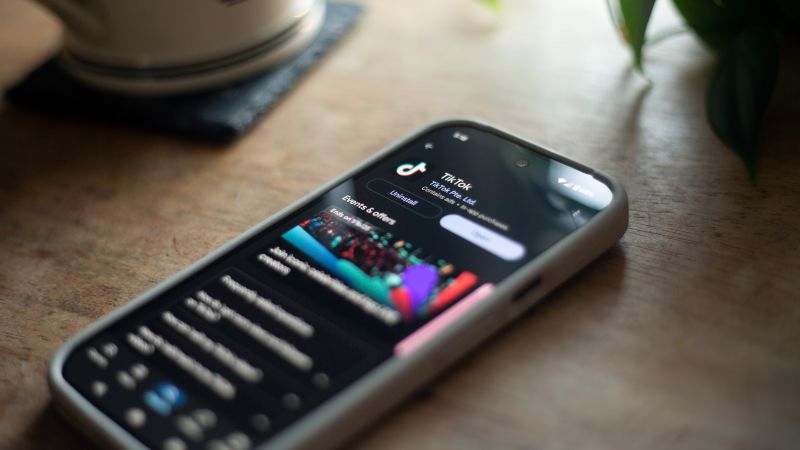Concerns regarding the mental well-being of young users on TikTok have sprung into the limelight following the release of an unsealed video, which presents a collection of internal discussions from the company that point to potential issues with its popular algorithm. The revealing video, which materialized in conjunction with a lawsuit filed against the app by North Carolina’s Attorney General, Joshua Stein, showcases candid sentiments from both current and former employees who voiced apprehensions about the app’s impact on adolescents.
In contrast to TikTok’s repeated assertions claiming that their platform is safe for younger audiences, the internal commentary suggests a worrying narrative. Attorney General Stein, who spearheaded the lawsuit last year with the backing of other state attorneys general, accused TikTok of practices deemed both unfair and deceptive. He alleged that the app is specifically engineered to be “highly addictive to minors,” while also misleading parents and guardians regarding its associated risks.
Recently, North Carolina Superior Court Judge Adam Conrad ruled that the lawsuit’s details, along with the accompanying video evidence, should remain accessible to the public, refuting TikTok’s attempts to dismiss the allegations. The unsealed video is a critical component of this ongoing legal battle, as it reinforces the claims made by the state regarding TikTok’s awareness of the potential dangers of its platform.
During the internal meetings captured in the video, individuals such as Nicholas Chng, a former employee in risk detection at TikTok, expressed concern about the platform’s design encouraging unhealthy behaviors. He stated, “Unfortunately, some of the stuff that people find interesting are not always the most healthy,” indicating that the app’s format could lead to compulsive usage among its young audience.
Brett Peters, who currently holds the position of global head of creator advocacy at TikTok, acknowledged the company’s goals of enhancing user engagement by diversifying content. However, current Attorney General Jeff Jackson asserted that the video provides substantial evidence supporting the allegations that TikTok knowingly prioritizes profit over user safety, particularly concerning minors. Jackson’s statements highlight the tension between TikTok’s business strategies and the welfare of its youthful demographic.
While TikTok’s representation has labeled the lawsuit as “inaccurate and misleading,” the company has nonetheless implemented various features aimed at protecting young users, such as enhanced privacy settings and notifications designed to limit usage during late hours. However, the lawsuit seeks unspecified financial penalties from TikTok and demands the establishment of a court order preventing the company from continuing practices that have been deemed deceptive or harmful.
Elements of the concerns raised in the unsealed video find resonant echoes within the claims made in the North Carolina lawsuit. The allegations indicate that TikTok fails to inform young users and their guardians about the risks associated with excessive screen time, which have been shown to interfere significantly with essential daily responsibilities, including adequate sleep and personal relationships.
Former TikTok employee Alexandra Evans, who had previously managed safety public policy in Europe, articulated the built-in compulsive usage associated with the app. This was echoed by Ashlen Sepulveda, another former employee, who explicitly stated her worries regarding the algorithm’s tendency to guide users toward detrimental content relating to mental health, particularly noting the trajectory from fitness interests to harmful discussions surrounding dieting and body image.
Meanwhile, Peters reaffirmed the company’s inherent goals, stating that the company’s expectations often do not align with promoting good mental health. This intersection of profitability and potential psychological harm forms the crux of the ongoing debate surrounding TikTok’s practices, as well as the significant implications it could have for its youngest users.
As the case unfolds, and amid concerns about a potential ban on TikTok in the U.S., the implications of these internal revelations are far-reaching, not only for the app’s business trajectory but also for its responsibility toward its youthful audience. The culmination of these legal challenges reflects a growing societal recognition of the need for tech companies to take accountability for the impact their platforms have on younger demographics, emphasizing an era where user safety must accompany dynamic growth in the digital space.











